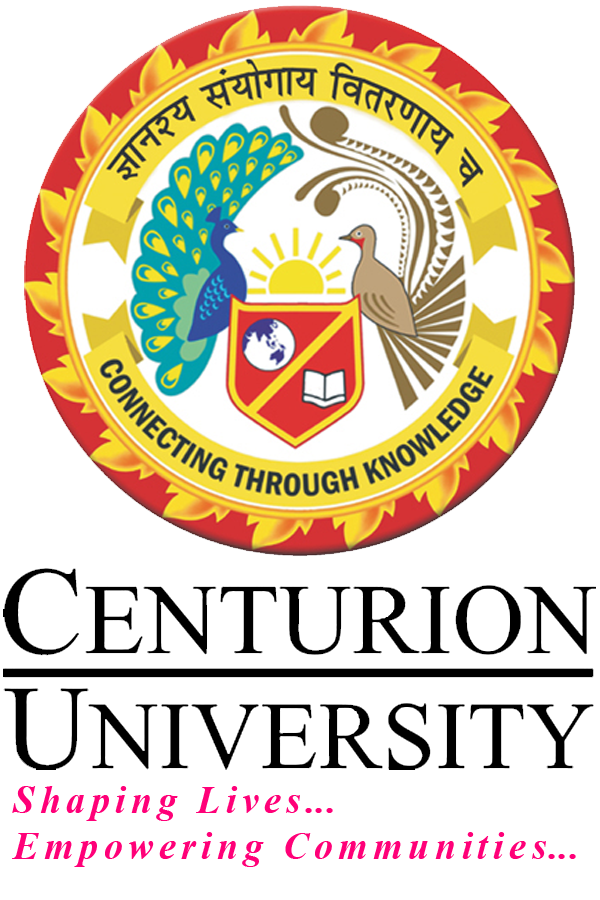Coarse Description
Basic Epidemiology
Course Attendees
Still no participant
Course Reviews
Still no reviews
- Short description
Epidemiology is the study of how often diseases occur in different groups of people and why. Epidemiological information is used to plan and evaluate strategies to prevent illness and as a guide to the management of patients in whom disease has already developed.
A key feature of epidemiology is the measurement of disease outcomes in relation to a population at risk. The population at risk is the group of people, healthy or sick, who would be counted as cases if they had the disease being studied. For example, if a general practitioner were measuring how often patients consult him about deafness, the population at risk would comprise those people on his list (and perhaps also of his partners) who might see him about a hearing problem if they had one. Patients who, though still on the list, had moved to another area would not consult that doctor.
The definition of epidemiology is “the study of disease in populations and of factors that determine its occurrence over time.” The purpose is to describe and identify opportunities for intervention. Epidemiology is concerned with the distribution and determinants of health and disease, morbidity, injury, disability, and mortality in populations. For veterinary epidemiology, this intervention is to enhance not only health but also productivity. Distribution implies that diseases and other health outcomes do not occur randomly in populations; determinants are any factors that cause a change in a health condition or other defined characteristic; morbidity is illness due to a specific disease or health condition; mortality is death due to a specific disease or health condition; and the population at risk can be people, animals, or plants.
2. Eligibility: Bpharm, Pharma MBA
3. Prerequisite: Basic knowledge on Epidemiological studies on Health.
4. Duration of course: 19 hrs.
5. Key highlights
Job opportunities: Pharmaceutical epidemiologist, Academics, Community health worker.
Coarse objectives
Measurement of health related data, their analysis and re-presentation is major contents of this course. Course is useful to understand basic tools used for estimation health related data.
Distinguish the roles and relationships between epidemiology and biostatistics in the prevention of disease and the improvement of health. Compute basic descriptive statistics and explore data analytic methods. Demonstrate a basic understanding of epidemiologic methods and study design.
Learning outcomes
- Perform exploratory data analysis using descriptive statistics.
- Evaluate morbidity and mortality using ratios, proportions, and rates.
- Perform direct and indirect methods of adjustment of overall rates.
- Construct clinical life table in epidemiologic studies.
- Recognize the assumptions associated with construction of a life table.
- Calculate probabilities and conditional probabilities of health-related events.
- Calculate sensitivity, specificity, and predictive values.
- Recognize and describe the elements in the design and conduct of a randomized clinical trial, a cohort study, a case-control study, and a cross-sectional study.
- Calculate measures of association in identifying risk factors of diseases.
- Calculate a chi-square statistic to test the significance of a measure of association and interpret it using probability concepts.
- Identify biases and their consequences in published literature.
- Describe criteria for characterizing the causality of associations.
- Recognize the presence of effect modifiers.
- Explain the use of epidemiology in the genetics application.
- Explain the use of epidemiology in the evaluation of screening process.
- Describe the impact of epidemiology on national and local policy.
- Describe the influence of epidemiology on ethical and professional issues
Coarse syllabus
Module 1:
Epidemiology: Definition, components, Aims of Epidemiology Terminology used, Tool for measurement, Rate, Ratio and Proportion, Numerators and Denominators used in Epidemiology
Module 2:
Basic measurement of Epidemiology, Morbidity and Mortality measurements, Mortality rates, Morbidity rates, Relation between incidents and prevalence
Module 3:
Epidemiology study design and types
- Descriptive study
- Ecological study
- Cross sectional study
- Case control
- Cohort
Module 4: Experimental study- Drug trials and Community trials
Reference book:
Basic Epidemiology, By-R. Bonita, R.Beaglehole, TordKjellstrom, World Health Organization
Reference book:
Basic Epidemiology, By-R. Bonita, R.Beaglehole, TordKjellstrom, World Health Organization
Module 1:
Epidemiology
Definition, components
Reference book:
Basic Epidemiology, By-R. Bonita, R.Beaglehole, TordKjellstrom, World Health Organization
Reference book:
Basic Epidemiology, By-R. Bonita, R.Beaglehole, TordKjellstrom, World Health Organization
Reference book:
Basic Epidemiology, By-R. Bonita, R.Beaglehole, TordKjellstrom, World Health Organization
Reference book:
Basic Epidemiology, By-R. Bonita, R.Beaglehole, TordKjellstrom, World Health Organization
Reference book:
Basic Epidemiology, By-R. Bonita, R.Beaglehole, TordKjellstrom, World Health Organization
Reference book:
Basic Epidemiology, By-R. Bonita, R.Beaglehole, TordKjellstrom, World Health Organization
Reference book:
Basic Epidemiology, By-R. Bonita, R.Beaglehole, TordKjellstrom, World Health Organization
Reference book:
Basic Epidemiology, By-R. Bonita, R.Beaglehole, TordKjellstrom, World Health Organization
Reference book:
Basic Epidemiology, By-R. Bonita, R.Beaglehole, TordKjellstrom, World Health Organization
Reference book:
Basic Epidemiology, By-R. Bonita, R.Beaglehole, TordKjellstrom, World Health Organization
Reference book:
Basic Epidemiology, By-R. Bonita, R.Beaglehole, TordKjellstrom, World Health Organization
Reference book:
Basic Epidemiology, By-R. Bonita, R.Beaglehole, TordKjellstrom, World Health Organization
Reference book:
Basic Epidemiology, By-R. Bonita, R.Beaglehole, TordKjellstrom, World Health Organization

